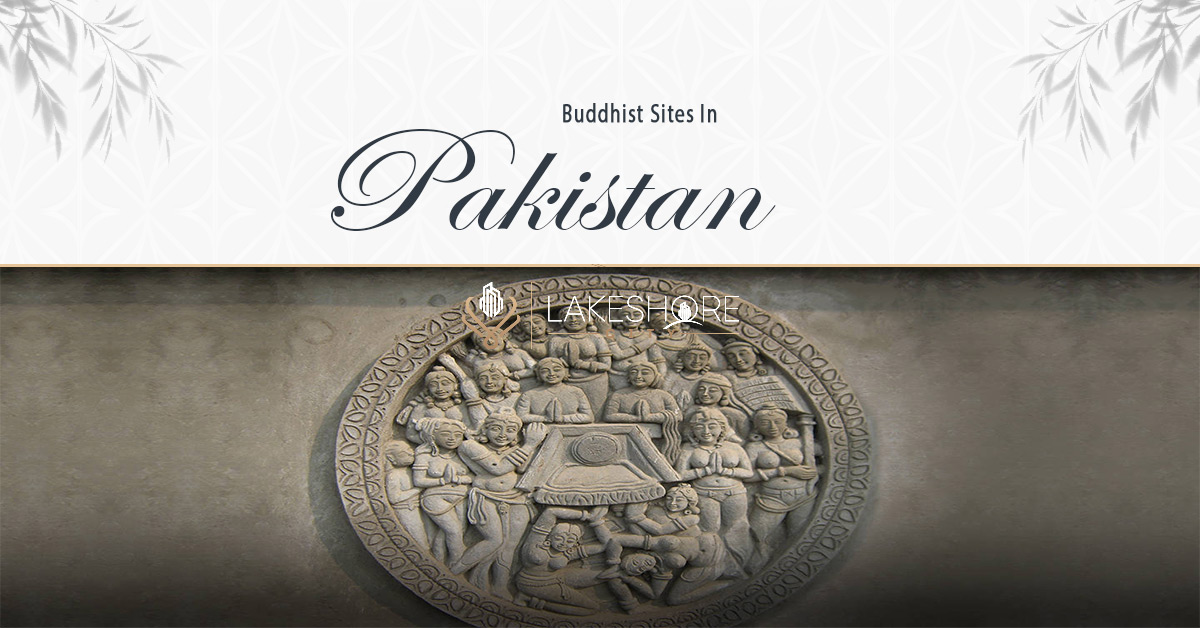Pakistan is home to many ethnicities and religions. This is due to global warrior and merchant settlements. As they established themselves in Pakistan, they carried their habits and practices. These settlements made Pakistan a multi-religious nation where all ethnicities and religions coexist harmoniously. Past Buddhist civilizations left many Buddhist sites in Pakistan.
Buddhism has a strong presence here. Buddhism may have spread from it to other Asian countries. Explore this in detail.
Buddhist Sites in Pakistan: History & Remains
The ancient Gandhara Kingdom had four capitals from Khyber Pakhtunkhwa to Punjab in Pakistan. Kapisa (Bagram), Pushkalavati (Charsadda), Takshashila (Taxila), and Purusapura are capitals. Gandhara, meaning ‘The Land of Fragrance’, was the meeting point for Southern, Western, and Central Asia.
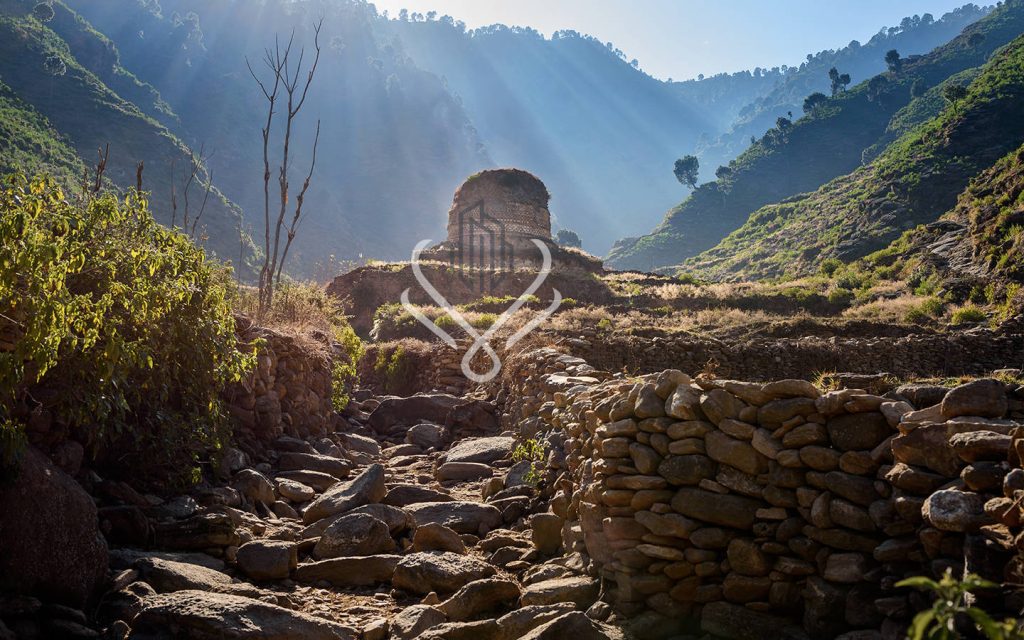
These four capitals have produced many Buddhist philosophers and a focus of Buddhist study. The emperors and monarchs of this mighty empire took several steps to maintain this region’s holiness. King Ashoka made Dharmarajika stupa in Taxila a major place in his dominion to preserve Buddha’s bones. Later, Kushan ruler Kanishka promoted Gandhara sculpture with Buddhist and classical Greek themes.
Century-old archaeological remains have retained much of their original splendor due to these efforts. These places draw pilgrims from India, Central Asia, East Asia, and Southeast Asia to Pakistan. Gautam Buddha never visited the Gandhara Kingdom, yet it helped spread Buddhism to China and Tibet.
Newly Excavated Buddhist Sites in Pakistan
Explore Pakistan’s most important Buddhist sites that have endured.
- Aaba Sahib, Mingora City
- Bhamala Buddhist Site, Haripur
- Buddhist Stupa, Landi Kotal
- Archaeological Remains of Gandhara
- Taxila City
Aaba Sahib, Mingora City
This is one of the largest Buddhist archaeological sites found last month in Aaba Sahib Cheena village in Najigram, Swat, Khyber Pakhtunkhwa. Experts date it to 2000 years ago, during the Kushan era. This massive edifice has a vihara, a Buddhist monastery, and four stupas. Stupas are hemispherical mounds with meditation areas.
Also recovered at Aaba Sahib was kitchenware. Experts think this complex includes four to six canals and rooms for sleeping and chapels for Buddhist sculptures.
Khyber Pakhtunkhwa has 150 Buddhist sites.
Bhamala Buddhist Site, Haripur
Khyber Pakhtunkhwa archaeologists found a Buddhist compound at Haripur with 2nd–5th-century sculptures and coinage.
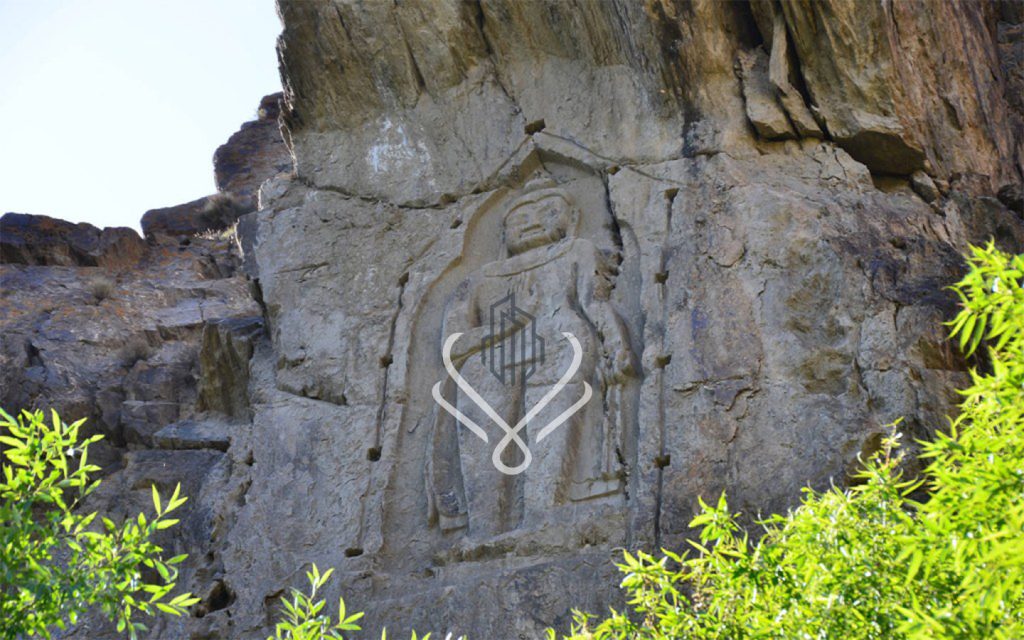
Precious Kushan coins were found during the excavation.
A 1,700-year-old “sleeping” Buddha statue was found later in 2017. After nomination, this site is a UNESCO World Heritage Site.
Buddhist Stupa, Landi Kotal
The Archeology Department began restoring Landi Kotal’s Buddhist stupa in Khyber tribal district. This is the largest stupa in India and one of the thousands of Buddhist monuments in Swat Valley. This is historically significant since the Khyber Pass is an entrance to the Indus Delta.
Archaeological Remains of Gandhara
Buddhists believe Pakistan’s Swat Valley houses the statue of Lotus-born Buddha, also known as Master Padmasambhava or second Buddha He is considered the father of Tibetan Buddhism. This reinforces Pakistan’s role as the center of Buddhism and emphasizes the necessity for greater coordinated cultural site conservation.
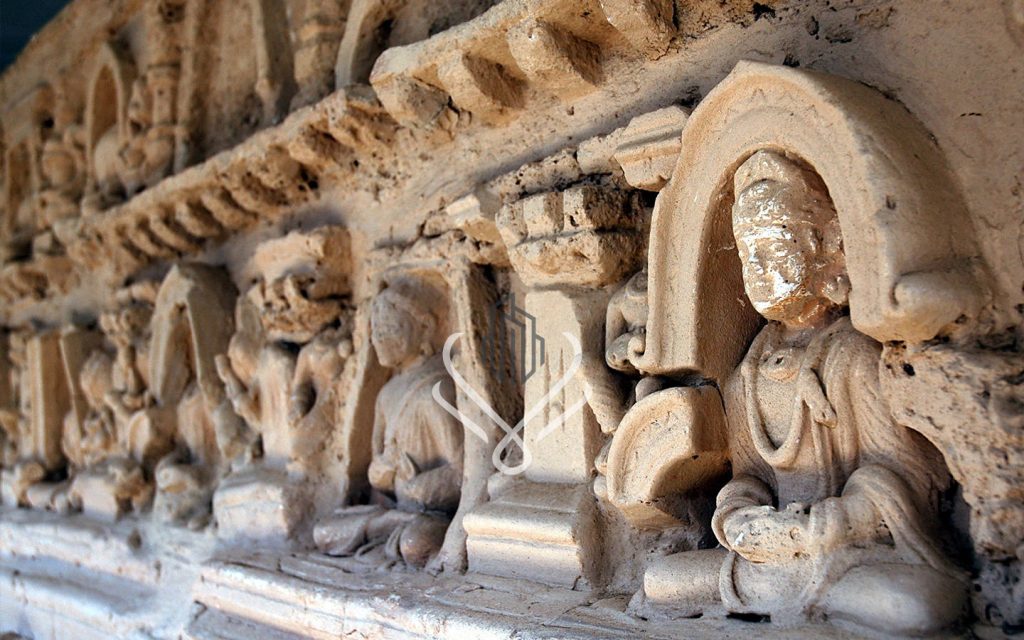
Many conserved sites are fascinating tourist destinations in addition to the newly discovered ones.
Taxila City
This entire city is historic. This city in Punjab was founded under Gandhara. This makes it important for Buddhism. It was formerly called Takshashila, meaning ‘The City of Cut Stone’, and was ruled by various empires who wanted to take advantage of its trading route to South and Central Asia.
Tourists visit several excavation sites and attractions in this city. Bhirmound, Sirkap, Sirsukh, Dharmarajika, Kunala, Mohra Moradu, Jaulian, Jandial Temple, and Taxila Museum are these places. Taxila City became a UNESCO World Heritage Site in 1980, and the government has worked to preserve it.
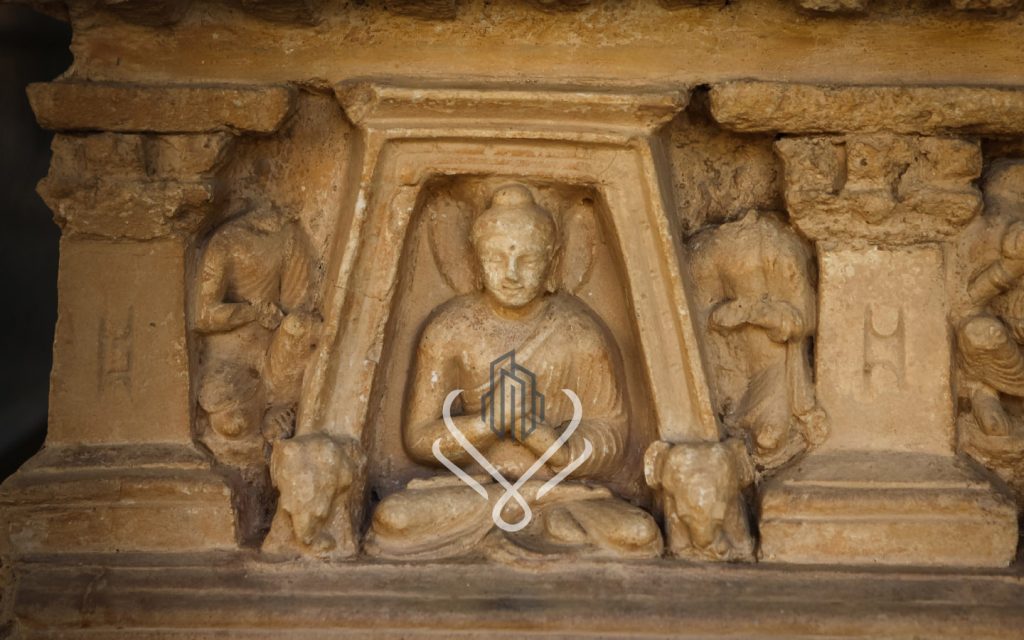
Shpola Top, Shah ji ki Dheri, Charsadda, Shaikhan Dheri, Takht-e-Bahi, Sahri Bahlol, Jamal Garhi, and Gangu Dheri are rich in Gandharan legacy in Peshawar and Mardan. Sirikup, Dharmarajika, Bhirmond, Bhallar, Sirsukh, Pipplian, Jaulian, and Mohra Moradu have hundreds of stupas and monasteries in Taxila Valley. However, most of these sites are unmarked and vulnerable to theft and unlawful excavation.
The excavated remains have been shown at museums nationwide for years. Lahore, Peshawar, Mardan, Swat, Dir, Hund (Swabi), Pushkalavati (Charsadda), and Taxila museums. Lahore Museum has the most Gandharan art and rare relics including Fasting Siddhartha. Stone slates narrate Buddha and student anecdotes.
In addition to KP and Punjab, Sindh’s Harappa has Buddhist historical sites from the Indus Valley Civilization. One of numerous Sindh stupas, Mohenjo-Daro is famous for its Buddhist legacy.
This includes:
- Siraj-ji-Takri at Khairpur and Brahmanabad in Sanghar.
- Kahu-Jo-Darro, Mirpur Khas
- Sudheran Jo Thul, Hyderabad Thul Hairo Khan
- Bhaleel Shah Thul at Dadu Mir Rukan Nawabshah
- Kot Tando Muhammad Khan Bambhan Thul
The top museums for excavated artefacts are:
- The National Museum Karachi
- The Mohenjo-daro Museum in Larkana
- Archaeological museum Umerkot
- Sindh Museum, Hyderabad
Pakistan’s top universities in KP educate Gandharan Archaeology to preserve Buddhism’s rich legacy. Pakistan has only one functioning Buddhist temple in Islamabad’s Diplomatic Enclave. This donation is administered by the Sri Lankan High Commission.
Conclusion
Pakistan is home to a rich and diverse collection of Buddhist sites, reflecting its historical significance as a center of Buddhist civilization. The ancient Gandhara Kingdom, with its four capitals, played a crucial role in the development and spread of Buddhism. The efforts of various rulers, including King Ashoka and Kushan ruler Kanishka, have contributed to the preservation of these sites. Over the years, many Buddhist remains have been excavated, revealing intricate sculptures, stupas, monasteries, and artifacts. These sites draw pilgrims and tourists from various parts of Asia, highlighting their cultural and spiritual importance. While efforts are being made to conserve and protect these sites, some are still vulnerable to theft and unlawful excavation.
Frequently Asked Questions (FAQs)
Q1. What is the historical significance of Buddhist sites in Pakistan?
The Buddhist sites in Pakistan, particularly those in the Gandhara Kingdom, hold historical importance as centers of Buddhist civilization. They produced Buddhist philosophers, sculptures, and art that played a role in spreading Buddhism to other parts of Asia, including China and Tibet.
Q2. What are some of the major Buddhist sites in Pakistan?
Some major Buddhist sites in Pakistan include Taxila City, Aaba Sahib in Mingora City, Bhamala Buddhist Site in Haripur, and the Buddhist Stupa in Landi Kotal. These sites contain stupas, monasteries, sculptures, and artifacts that offer insights into ancient Buddhist culture.
Q3.What efforts have been made to preserve these sites?
Various rulers, such as King Ashoka and Kushan ruler Kanishka, took steps to maintain the holiness of these sites. Additionally, archaeological efforts have led to the discovery and excavation of many artifacts. Some sites have been designated as UNESCO World Heritage Sites, and museums across the country showcase these relics.
Q4. What is the role of Pakistan in the spread of Buddhism?
While Gautam Buddha never visited the Gandhara Kingdom, its prominence contributed to the spread of Buddhism to other parts of Asia. The Gandhara region served as a meeting point for Southern, Western, and Central Asia, facilitating cultural exchange and the dissemination of Buddhist teachings.
Q5. Are there any recent discoveries in Buddhist archaeology in Pakistan?
Yes, recent excavations have led to the discovery of new Buddhist sites, such as the Aaba Sahib site in Mingora City and the Buddhist Stupa in Landi Kotal. These discoveries continue to enrich our understanding of the historical and cultural significance of Buddhism in Pakistan.
Q6. What challenges do these sites face?
Some of these sites are vulnerable to theft and unlawful excavation due to their historical and cultural value. Efforts are being made to protect and conserve these sites, but additional measures may be needed to ensure their long-term preservation.
Q7. Are there any educational initiatives related to Buddhist archaeology in Pakistan?
Yes, some universities in Pakistan, particularly in the Khyber Pakhtunkhwa region, offer education in Gandharan Archaeology to preserve and study the rich legacy of Buddhism in the country.
Q8. Is there a functioning Buddhist temple in Pakistan?
Yes, there is one functioning Buddhist temple located in Islamabad’s Diplomatic Enclave, which is administered by the Sri Lankan High Commission.
Q9. What is the significance of the Gandhara Kingdom for Buddhism?
The Gandhara Kingdom served as a significant hub for Buddhist activity and scholarship. It produced influential philosophers and artists, and its location facilitated the spread of Buddhist teachings to neighboring regions, contributing to the growth and development of Buddhism in Asia.
Q10. Are these Buddhist sites open to tourists?
Yes, many of these Buddhist sites are open to tourists and visitors. Tourists can explore the excavated remains, sculptures, stupas, and other artifacts, and learn about the rich history of Buddhism in Pakistan.
Our Featured Article:
Read More: Government Urged to Promote Tourism in the Country
Read More: Swat Invites Snow-Seeking Tourists as Police Ensure Safety
Don’t miss the chance to invest with Lakeshore! Secure your investment today by investing your financial investment with Lakeshore in the following available options like Lakeshore City, Lakeshore Club, and Lakeshore Farms.
For More updates, please Contact +92 335 7775253 or visit our website https://lakeshorecity.com/
Lakeshore City is the upcoming elite lifestyle at Khanpur Dam. Offering no parallel amenities for the members and owners of distinguished farmhouses.
Become Part of Luxurious Lifestyle
Contact: 0335 7775253


